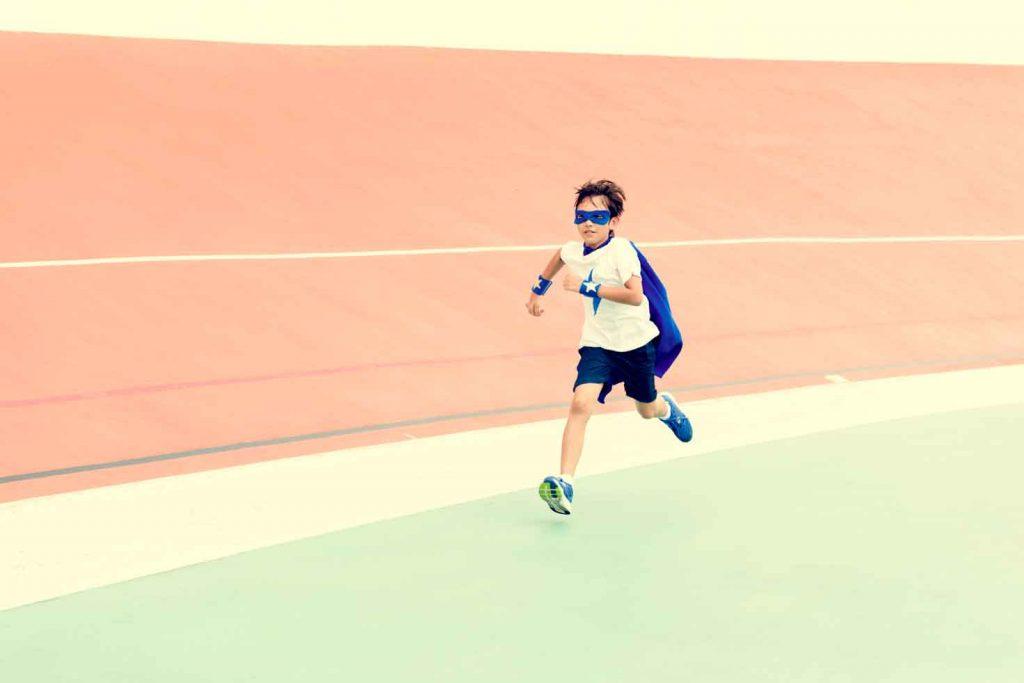No products in the cart.
Podiatry
Growing pains in kids – What can we do to help?
I don’t know about you, but when I was growing up, growing pains were accepted as a normal part of childhood growth and development. While there was sympathy for the pain that my siblings and I felt, particularly in the pre-teen years, we accepted that we just had to wait them out until eventually they’d dissipate. After all, you grow and you get growing pains – right?
Wrong!
Thankfully, in my years of Podiatry and working with kids and adults alike, I’ve been privileged to be able to helps kids just like my former self overcome their growing pains instead of having to wait them out and have to miss out partaking in the activities they love because of the pain and discomfort.
So how can we help growing pains?
You’ve got to think of why growing pains occur in the first place. Often it’s because the rate of growth or movement of a bone occurs at a faster rate than the surrounding muscles, tendons and tissues. What this does is place tension and strain on the tissues through the abnormal (and painful) pulling force – and you get growing pains! When the muscles and tissues grow and lengthen accordingly, there’s no more pain and you’ve literally grown out of it.
Sever’s disease
Let’s take a common ‘growing pain’ we see often in the clinic called Sever’s Disease. Despite its name, Sever’s is a condition that results in these growing pains at the back of the heel and up the legs. That’s because we’re looking at a growth plate (through which bones grow) at the back of the heel specifically and the Achilles tendon that attached into the back of the heel bone (calcaneus). When the heel bone grows at a faster rate than the attached tendon, it creates a strain through the tendon and your child gets pain at their heels, especially when they really engage with the action of the tendon like in running and playing.
Osgood-Schlatter disease
Osgood-Schlatter is another example of such a growing pain, except this time at the knee. Pain and inflammation is felt at a bump just below the knee and at the top of your tibia, called your tibial tuberosity. This bump covers another growth plate at the tibia and is also the attachment point for the quadriceps (the muscles at the front of the thigh). Through the same mechanism of action, pulling forces at the tuberosity cause these pains that we would otherwise shrug away as ‘growing pains’.
What should we do?
Instead of having to wait it out, however, we implement strategies in the clinic to help reduce the overall strain on the tendon day-to-day, as well as stretch it out to facilitate its lengthening to get rid of the pain permanently. You and your kids don’t have to keep putting up with the pain! This needs to be done carefully – if you jump straight into intense stretches then you can actually seriously damage and tear the tendons, so don’t jump into anything uninformed.
If your kids are suffering from growing pains through the feet and legs, or you’re generally worried about the development of their feet and legs, come in and see us at Footcare Specialist Podiatry. We’re parents too and love being able to help kids run, jump, play and do so with a smile!
Give us a call on 09 214 9585 or 0211248684
